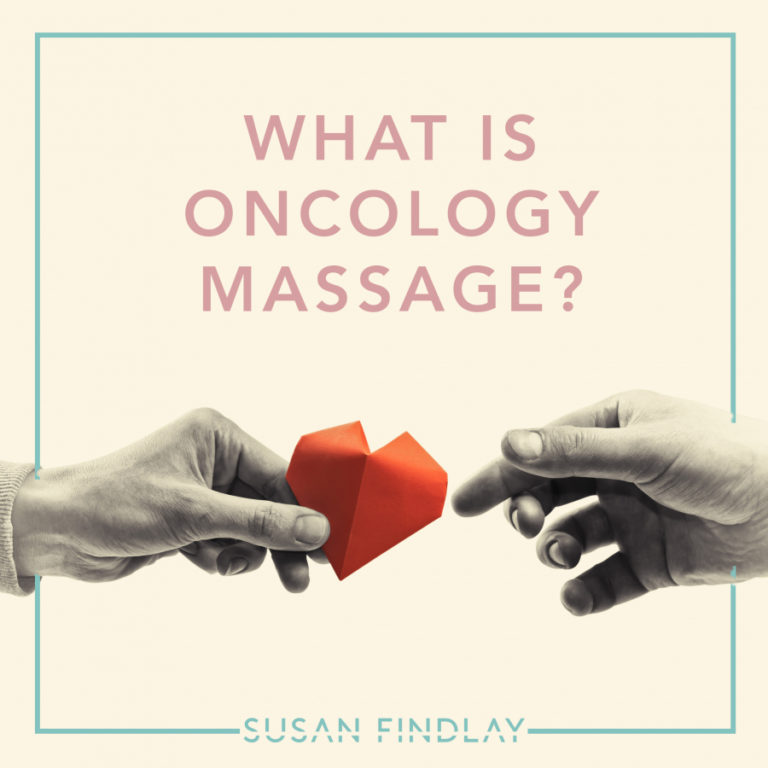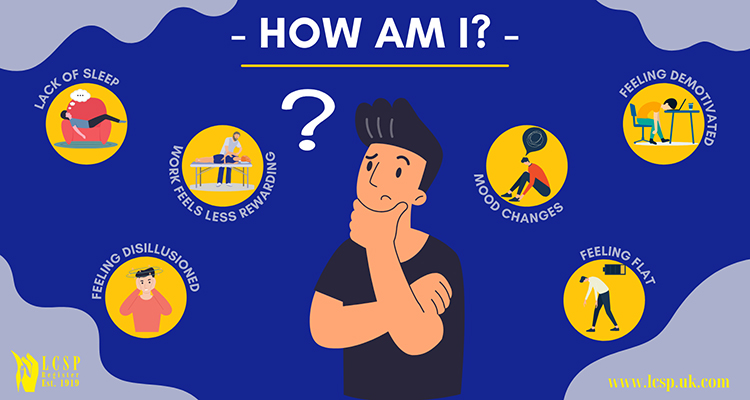
Lockdown has brought many challenges to us all; however, I like to look at the positives this last year has brought us and the new opportunities it brings to us as therapists, and the way it has forced us to change some of our practices. I have used this time to slow down from the hectic clinic life, picked up old hobbies, and worked on parts of my clinical business I previously did not have the time to work on particularly online content and consultations). Clinic opening, and closing, treatment restrictions, virtual consultations and endless zoom Pilates classes has been a learning curve for both myself and my patients, and I am sure many of you have had similar journeys.
Lockdown has brought two new type of client injuries into our clinic since reopened last summer. Two main increases I’ve seen are older, less mobile patients with increasing joint pain as their exercise, walking and popping to the shops routine has suffered, causing them to become less mobile, reduced strength and balance and more importantly their confidence in movement. The other group of people has been the younger generation with neck and back pain working from home in makeshift offices for prolonged periods of time.
Our bodies can take tolerate a change in movement patterns (or lack of movement) for a short period of time, however the unexpected length of lockdown has made some of these bad habits become more habitual leading to increased pain and reduced confidence in movement with many of our patients.
Top Tips when treating home office workers
Find out more about how their home working day has changed, this can impact stress, posture, activity levels and family relationships all of which we factor in when considering the biopsychosocial model
What to ask?
- Ask what their office set up is like at home, are they working at the kitchen table and therefore spending the majority of the day in the same room? I had one patient recently who had converted the airing cupboard as their office and only had the space to put their arms out sideways, and was staring at a dark wall for most of the day. The working environment cannot just affect physical health and posture, but also the patient’s mental health.
- Have they increased their working day or screen time as they no longer have the same commute time, or can they swap this time for something more positive such as exercise?
- How often do they break from the screen, in an office environment people may be moving around more to meetings, popping in and out of the office, driving or even just walking over to the printer? Now that everything is in one square box in front of them all day how long passes before, they have moved their eye line or their bodies.
- What are their exercise levels like, what are they doing for stress relief that’s getting them out the house each day?
What to suggest!

- I advise some sort of alarm or trigger that maybe goes off every 25-30 minutes which encourages them to take a short break from the screen, maybe a couple of stretches exercises, or get them out of their seat and moving – keep it short up to 5 minutes max, then restart the timer. It will also improve their productivity.
- Opticians recommend the 20/20/20 rule, every 20 minutes you take 20 seconds looking away from your screen and look up to 20 meters away, this can help reduce eye strain and therefore reduce potential headaches and posture related neck and shoulder pain.
- Check their desk set up, are they over reaching for the mouse/ keyboard, ideally a chair with the hips slightly higher than the knees. Or maybe try a standing desk set up
- Recommend so simple stretch and strengthening exercise for the upper back and hips. The hip flexors, hamstrings and pectoral muscles are often the muscle groups that get tight with prolonged sitting. Even though they may feel discomfort in the lower back, shoulders or neck it is important to stretch the opposite muscles (shortened side) and strengthen the over stretched muscles (long side)
- Advise to regularly drink water and try to get out and get fresh air throughout the day
Some patients may not know when they can return to their office, social group activities, classes or hobbies, so try and help them identify ways they can make subtle changes to their day that may need to be a temporary solution, and take some accountability for their own wellbeing.





